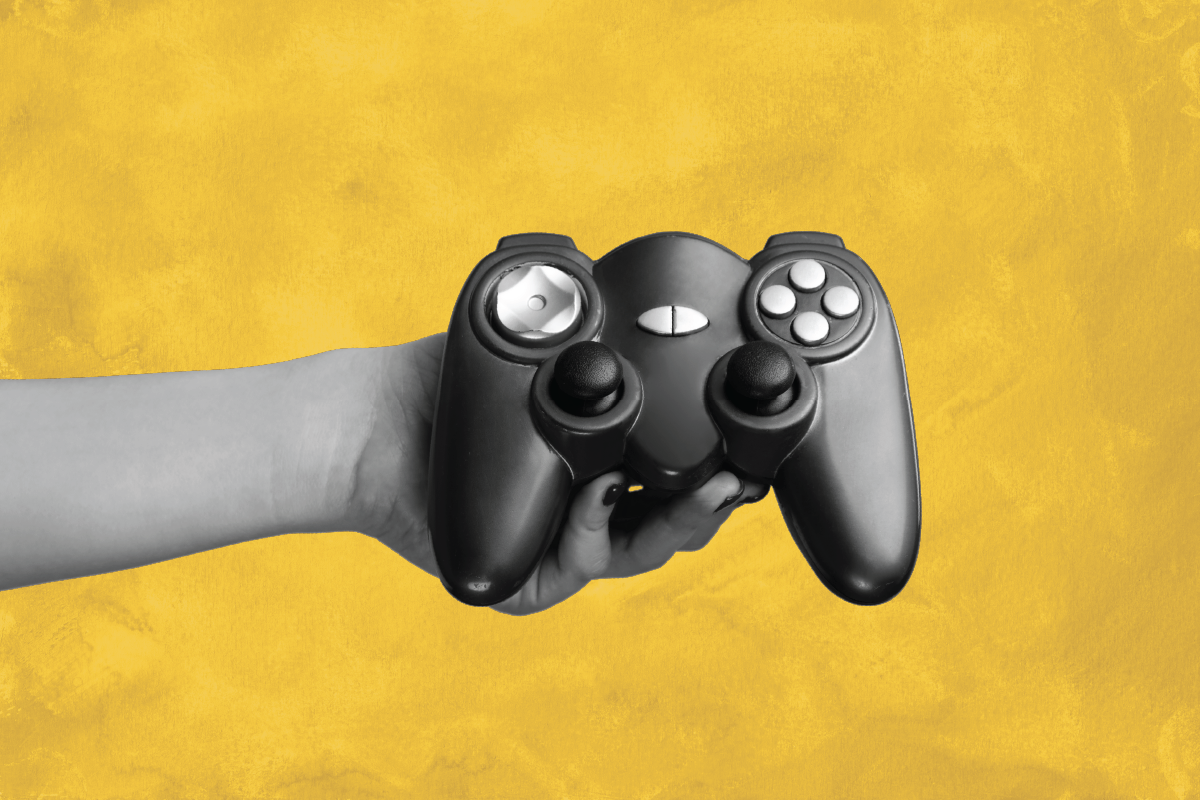
The Teen Mental Health Crisis is Real. Game Designers & Developers Can Help.
The play experiences game designers and developers create for teens can support them in building core social and emotional skills vital to their wellness.
This post is the last in our five-part series, Supporting Teen Mental Health, which shares tools and insights that support educators, parents, and youth-serving adults in showing up for teens in this moment of need. Read earlier posts in the series about mindfully managing difficult emotions, using social media actively and intentionally, nurturing the teen brain with school-based social and emotional learning opportunities, and applying culturally responsive approaches in therapeutic interactions with teens.
Veteran game designer, Jason VandenBerghe, wrote for iThrive Games in 2018 that "If we want to make a large, positive change in our world, I believe the best route is to focus on providing teens with better models for the world." If teens needed better models for the world four years ago, how much more do they—and all of us—need them in 2022?
This month alone, two 18-year-olds separately made the ruinous decision to commit mass murder—one in a racially charged event in Buffalo, NY, and the other in Uvalde, TX. U.S. teenagers wake up every day to more evidence of gun violence, societal strife, greed and corruption in places of power, shrinking opportunities for financial security, and the threat of climate catastrophe. It's no small wonder that rates of mental health struggles among teens are higher than ever.
Video games and social media are too often the easy scapegoats for teens' mental health challenges. In reality, the impact of digital technologies on youth mental health and well-being is complicated, and conclusions in the research are mixed. We know that's largely because "digital technologies" vary as widely as the teens who use them and the circumstances in which they're used. Of course, playing video games under some conditions can be disruptive to the healthy functioning of some, and can facilitate the healthy functioning of others. So, what's the responsibility of a game designer or developer?
At iThrive, we value and know that it is both possible and imperative to empathize deeply with and design ethically for teens. One of the best ways we've found to do this: Co-design with teens the digital tools they use. A youth-centered approach to digital technology design is among the recommendations put forth by the U.S. Surgeon General in his Advisory on Protecting Youth Mental Health. When we design with teens, for teens, the digital experiences they engage with are both likelier to do no harm at this vulnerable developmental moment, and likelier to amplify teens' immense capacity to thrive emotionally, socially, cognitively, and physically.
There's so much that's fascinating and motivating about the teen brain and how it's changing. For designers, we've boiled it down to a list of 10 things to know when designing for this unique window of both opportunity and vulnerability to best support teens' mental health.
TEENS ARE:
-
BUILDING HABITS FOR LIFE: Teens' brains are undergoing the last major restructuring of development, making the teen years the perfect time to build skills and habits that help them throughout life. But negative habits "stick" more at this time, too.
-
CATCHING ONTO YOU, FAST: Teens are getting wiser about the world. They're reaching a cognitive peak and learn very quickly. They easily see through attempts to manipulate or preach to them and don't respond well to hypocrisy or unfairness.
-
IN NEED OF POSITIVE CONNECTIONS: Above all, teens need access to strengthening experiences, environments, and relationships that help them grow in positive ways. They want to be close to adults, even as they figure out how to be more independent.
-
MORE TOLERANT THAN TEENS USED TO BE: Teens today value diversity and acceptance even more than previous generations. They care about authentic inclusion and diversity.
-
NOT JUST "WEIRD:" Obvious, but worth remembering, teens aren't just Western, Educated, and from Industrialized, Rich, Democratic countries. They need their uniqueness and diversity to be reflected in the spaces where they spend time.
-
SENSITIVE TO REWARDS, ESPECIALLY SOCIAL ONES: Teens have more dopamine circulating in their brains than adults. They are very sensitive to "feel-good" rewards like those in video games. Teens do riskier things when other teens are around, partly to earn status and respect.
-
STILL LEARNING TO CONTROL IMPULSES & EMOTIONS: Teens are still developing connections in the prefrontal cortex. They have a more challenging time controlling impulses and emotions and predicting the consequences of their actions than they will in the future.
-
IN NEED OF MORE SLEEP: Teens need more sleep than adults to thrive, and they might need support to make the best choices and set boundaries for their health.
-
FACING A LOT OF STRESS: Teens are under a ton of pressure. Also, if they are going to appear, most mental illnesses show up between early adolescence and young adulthood. Teens need ways to cope and to be able to seek help without stigma.
-
TRYING TO FIGURE OUT WHO THEY ARE: Teens want to try on different roles and expressions and figure out where they belong. They need social spaces to interact, experiment, negotiate, and resolve conflicts. But toxicity and bullying should be proactively prevented in these spaces.
So, if you're a designer or developer of experiences teens use, how much do you think about their needs at this developmental moment? What models of the world are you making for them? And are teens a part of your design process?
Creating spaces that foster teens' mental health and well-being is a team effort. iThrive is here to support you. We offer Game Design Kits, evidence-based guides to designing for mental health, and specific components of teen thriving like growth mindset and zest. We also specialize in custom design services that draw on teens' genius and creative problem-solving energy. Reach out to find out how you can use our co-design approach at your studio or organization.


